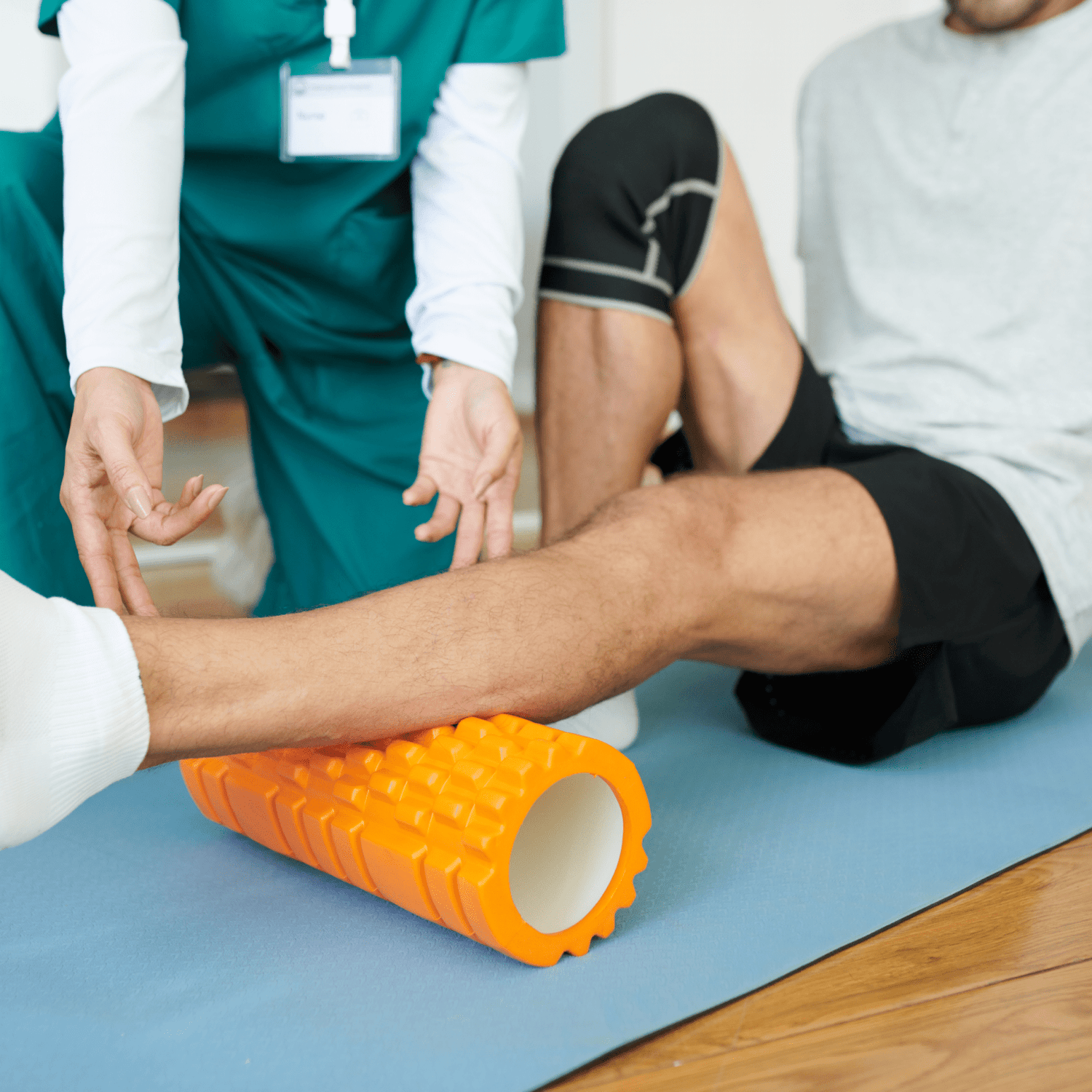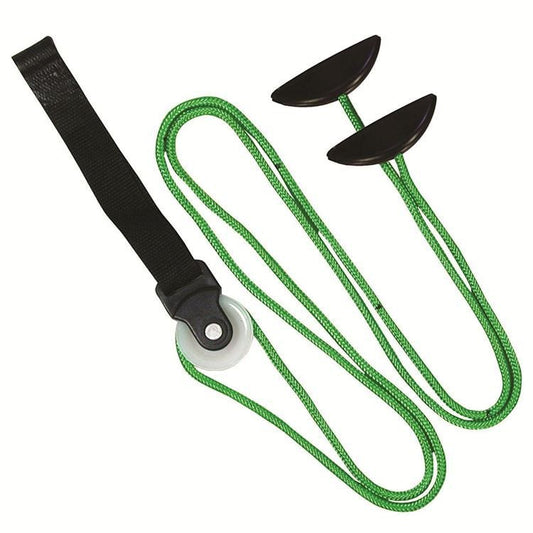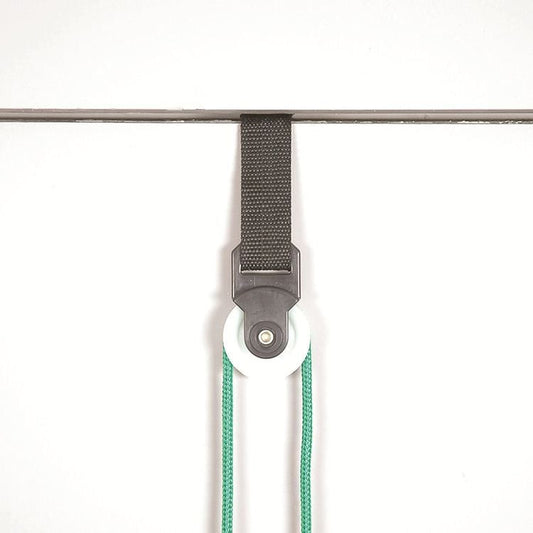
Expert physiotherapy provides longer lasting results
Personalized treatment plans to help you recover from injuries, manage chronic conditions, and improve your quality of life.
who we are
Flexible schedules and experienced physiotherapists leading you to optimal health
Our physiotherapists use the human body's biomechanics and evidence-based techniques to help restore function, reduce pain, and improve overall well-being. Therapists may utilize manual therapy techniques, therapeutic exercises, Dry Needling, Ultrasound, Postural Correction and more.
WHAT WE DO
Physiotherapy Treatments
Orthopedic Rehab
Restore Mobility & Relieve Pain. If you're dealing with joint pain, sprains, tendonitis, or arthritis, orthopedic physiotherapy helps reduce discomfort and restore movement. Our treatments target muscles, ligaments, and nerves to aid in faster recovery from injury or surgery. Whether you're struggling with bone or soft tissue issues, our experts will guide you to a pain-free life.
Sports Rehab
Recover Faster & Enhance Performance. Sports physiotherapy helps athletes recover from injuries, prevent future injuries, and improve overall performance. Whether you're dealing with overuse injuries, strains, or post-surgical rehabilitation, our physiotherapists create customized recovery plans to get you back on track. Maximize your potential and stay injury-free with specialized treatment designed for active individuals.
Chronic Pain Management
Find Relief from Persistent Pain. Chronic pain doesn’t have to control your life. With chronic pain management physiotherapy, we provide effective strategies and treatments to reduce long-term discomfort caused by conditions like fibromyalgia, arthritis, and back pain. Our therapies help you regain movement, manage pain, and improve your daily function, so you can live without constant pain holding you back.
Geriatric & Fall Prevention
Stay Active & Independent As You Age. Geriatric physiotherapy helps older adults stay active, maintain mobility, and reduce age-related discomfort. Whether you're dealing with arthritis, balance issues, or muscle weakness, we design treatments to improve your strength, flexibility, and overall quality of life. Age with confidence, knowing you have the tools to stay independent and pain-free.
Pediatric Rehab
Help Your Child Grow Strong & Healthy. Pediatric physiotherapy focuses on supporting your child’s physical development and treating musculoskeletal conditions. From helping babies hit milestones to recovering from injury, our therapists create personalized programs that promote strength, coordination, and flexibility. Whether it’s an unknown pain or sports injury, we provide effective treatments to ensure your child thrives.
Oncology Rehab
Pain Relief & Healing Support for Cancer Patients. Oncology physiotherapy focuses on helping individuals recover from cancer treatment by reducing scar tissue, managing lymphedema, and combating treatment fatigue. Whether you’re recovering from breast cancer, surgery, or radiation therapy, our physiotherapists guide you through exercises and techniques that improve strength, mobility, and well-being during recovery.
Diabetic Management
Boost Circulation & Manage Diabetes. Struggling with circulation issues, muscle weakness, or swelling due to diabetes? Diabetic physiotherapy helps manage these challenges with tailored exercises and treatments aimed at improving mobility and blood flow. Enhance your daily activities and prevent complications, while improving overall foot and leg health with our expert care.
Vestibular Rehab
Say Goodbye to Dizziness & Balance Problems. If you suffer from dizziness, vertigo, or balance issues, vestibular physiotherapy can help. Our specialized therapies focus on your inner ear and balance systems, improving coordination, reducing falls, and alleviating symptoms. Whether it's caused by a vestibular disorder, head injury, or aging, we create individualized plans to help you regain stability and confidence in movement.

Dedicated physiotherapist, real results.
At Houle Healthcare, we understand the importance of 1-on1 physiotherapy services in promoting overall health and wellness. Our team of highly trained and experienced physiotherapists is dedicated to providing exceptional care and personalized treatment plans to help individuals recover from injuries, manage chronic conditions, and improve their quality of life.
HOW WE DO IT
Physiotherapy Techniques
Manual Therapy
Manual therapy is a hands-on treatment method that targets joints, muscles, and soft tissues to reduce pain, improve joint mobility, and restore functional movement. Ideal for musculoskeletal issues, it helps alleviate stiffness and discomfort while promoting long-term recovery and flexibility.
Exercise Therapy
Exercise therapy is a personalized rehabilitation program that improves strength, flexibility, and mobility. Tailored to your specific condition, it helps prevent future injuries, restore functionality, and support the recovery process, enhancing overall movement and physical performance.
Dry Needling
Dry needling is an effective treatment that uses fine needles to target muscle trigger points, reducing pain, muscle tension, and improving flexibility. This technique is ideal for treating chronic pain, myofascial pain syndrome, and muscle imbalances, accelerating recovery and restoring normal muscle function.
Kinesio Taping
Kinesio taping uses specialized elastic tape to support muscles, joints, and ligaments, reduce pain, and enhance mobility. Often used for sports injuries, rehabilitation, and chronic conditions, it provides joint stability, alleviates discomfort, and encourages faster healing through improved circulation and support.
Athletic Taping
Athletic taping is a technique where adhesive tape is applied to joints and muscles to enhance stability, prevent injuries, and accelerate recovery during physical activity. It supports injured areas, reduces strain, and helps athletes maintain peak performance while minimizing the risk of further injury.
Cupping Therapy
Cupping therapy uses suction cups to create a vacuum effect, increasing blood circulation, relieving muscle tension, and reducing pain. This ancient technique is particularly effective for treating chronic pain, muscle soreness, and promoting faster recovery by improving tissue flexibility and oxygen flow.
Ultrasound Therapy
Ultrasound therapy uses high-frequency sound waves to penetrate deep tissues, accelerating healing, reducing inflammation, and relieving muscle and joint pain. It’s ideal for treating soft tissue injuries, tendonitis, and chronic pain conditions, providing non-invasive pain relief while improving circulation and tissue regeneration.
Electrical Stimulation (TENS, EMS)
Electrical stimulation, including TENS and EMS, uses electrical impulses to stimulate nerves and muscles, offering effective pain relief, promoting muscle re-education, and enhancing circulation. Perfect for treating pain, muscle weakness, and improving post-surgery recovery, this technique accelerates rehabilitation and supports overall recovery.
Heat and Cold Therapy
Heat and cold therapy are effective methods for managing pain and inflammation. Cold therapy reduces swelling and acute pain, while heat therapy relaxes muscles, improves circulation, and speeds up healing. These treatments are essential for injury recovery, inflammation control, and chronic pain management.
Vestibular Rehabilitation Therapy (VRT)
Vestibular rehabilitation therapy (VRT) is a specialized treatment for dizziness, vertigo, and balance issues. Through targeted exercises and techniques, VRT improves coordination, reduces dizziness, and restores balance, making it an essential treatment for individuals with inner ear disorders or neurological conditions affecting balance.
Functional Movement Screening (FMS)
Functional movement screening (FMS) is a comprehensive assessment that evaluates movement patterns to identify injury risks and improve athletic performance. By uncovering weaknesses and imbalances, FMS helps guide personalized rehabilitation and performance-enhancing programs, reducing the risk of injury and optimizing physical function.
Dolphin Neuro Stim
Dolphin Neuro Stim therapy uses advanced electrical stimulation technology to reduce pain, improve circulation, and accelerate tissue healing. Ideal for musculoskeletal injuries, chronic pain, and rehabilitation, it enhances tissue regeneration, promotes muscle relaxation, and offers non-invasive, effective pain relief for faster recovery and improved mobility.

OUR GUARENTEE
Care without compromise
Our physiotherapists not only focus on treating the symptoms but also address the underlying causes of the condition. They work closely with their patients to develop personalized treatment plans that may include education on injury prevention, lifestyle modifications, home exercise programs, and referrals to other healthcare professionals if necessary.
Physiotherapy Products
-
Rehab Shoulder Pulley
Regular price $15.99Regular priceUnit price / per -
Cryo Cuff IC Cooler Rental
Regular price $98.00Regular priceUnit price / per -
 Sold out
Sold outMassage Ball
Regular price $8.00Regular priceUnit price / per
GET THE ANSWERS YOU NEED
Physiotherapy FAQ
Do you offer direct billing to insurance?
Yes! we offer direct billing to most insurance companies. We recommend that you contact your insurance company before treatment to confirm your coverage.
What conditions can physiotherapy treat?
Our physiotherapists help with injuries, post-surgery rehab, chronic pain, mobility issues, and more (e.g., back pain, sports injuries, arthritis).
What does physiotherapy do?
Physiotherapy helps restore movement and function when someone is affected by injury, illness, or disability. It uses evidence-based techniques such as manual therapy, exercise prescription, education, and modalities like ultrasound, electrical stimulation and acupuncture or dry needling. Physiotherapy is also a proactive approach to prevent injury and promote long-term physical health and mobility. Whether you're recovering from surgery, managing chronic pain, or healing from a sports injury, physiotherapy provides personalized care to get you moving and feeling your best.
How does physiotherapy work?
Physiotherapy works by assessing your movement patterns, identifying areas of dysfunction or pain, and creating a customized treatment plan to restore mobility and strength. Physiotherapists use a combination of hands-on techniques, therapeutic exercises, and patient education to address the root cause of the issue. The goal is not just to relieve symptoms, but to improve long-term function and prevent recurrence. Regular physiotherapy sessions can also promote faster healing and reduce the need for surgery or medications.
What is the difference between chiropractor and physiotherapy?
While both physiotherapists and chiropractors treat musculoskeletal issues, their approaches and training differ. Physiotherapists use a broad range of techniques including manual therapy, targeted exercises, and rehabilitation plans to improve movement and function. Chiropractors often focus on spinal adjustments and manipulations to align the body and relieve pain. Physiotherapy tends to take a more holistic and exercise-based approach to recovery, while chiropractic care often centers around spinal alignment and nervous system health. Both professions can be complementary depending on your needs.
What is the difference between a kinesiologist a physiotherapist?
A kinesiologist treats injuries during sport or training and often focuses on fitness, performance, and injury prevention. A physiotherapist, on the other hand, is a regulated healthcare professional trained to diagnose and treat injuries (including sport injuries), illnesses, and physical conditions. Physiotherapists can work with complex rehabilitation needs, use manual therapy, and develop clinical treatment plans. While kinesiologists can support rehabilitation and wellness, physiotherapists offer a more comprehensive scope of practice for injury recovery and medical conditions.
What is the difference between occupational therapy and physiotherapy?
Physiotherapy and occupational therapy often work together but serve different purposes. Physiotherapy focuses on restoring physical movement and treating musculoskeletal conditions, such as back pain, arthritis, or post-surgical recovery. Occupational therapy helps individuals regain the ability to perform daily tasks and improve their quality of life despite their illness, injury, or disability. For example, a physiotherapist may help someone regain strength and balance after a stroke, while an occupational therapist helps them relearn how to dress or cook safely at home.
Who is physiotherapy for?
Physiotherapy is for people of all ages—from children to seniors—who are experiencing pain, injury, limited mobility, or chronic conditions. It’s ideal for athletes recovering from sports injuries, workers with repetitive strain issues, individuals managing arthritis or neurological conditions, and anyone needing post-surgical rehabilitation. Whether you're dealing with acute pain or looking to prevent future injury, physiotherapy provides personalized, evidence-based care tailored to your goals.
What if physiotherapy is not working?
If physiotherapy doesn’t seem to be working, it’s important to speak with your physiotherapist. Progress may take time depending on the condition, and treatment plans can often be adjusted to better suit your needs. Your physiotherapist may recommend additional assessments, try different techniques, or collaborate with other healthcare providers like physicians or specialists. At our clinic, we prioritize ongoing communication and patient feedback to ensure your treatment remains effective and goal-focused.
How does physiotherapy help back pain?
Physiotherapy helps back pain by identifying the root cause of discomfort—whether it's from posture, muscle imbalances, disc issues, or injury—and applying targeted treatments. This may include manual therapy, core stabilization exercises, mobility work, and postural education. Physiotherapists also teach self-management strategies to prevent recurrence. With regular physiotherapy, many people experience reduced pain, improved mobility, and a better quality of life without relying solely on medication or invasive procedures.
Can physiotherapy help sciatica pain?
Yes, physiotherapy can be highly effective for sciatica. Physiotherapists use specialized techniques to reduce pressure on the sciatic nerve, ease pain, and restore normal movement. Treatment often includes gentle stretching, strengthening exercises, posture correction, and manual therapy to alleviate symptoms. By addressing the underlying cause—such as a herniated disc or piriformis syndrome—physiotherapy not only relieves pain but helps prevent future flare-ups of sciatica.
Still have questions? We have answers.
Our friendly staff will be happy to assist you in scheduling an appointment and answering any questions you may have. Take the first step towards a healthier and more active life with our exceptional physiotherapy services.





